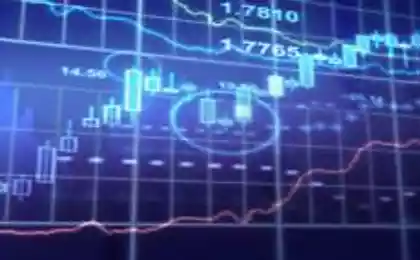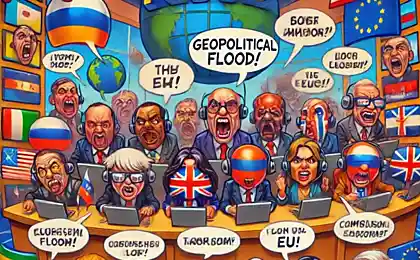1642
The US dollar, the history of creation, 70 pics + text
The history of the dollar, the story of the origin of the US dollar and the sign $.
The word "dollar" and its symbol is much older than the American nation and its currency - it is almost 500 years old. The printed dollar symbol appeared in the United States 207 years ago, although much had already been used in the books. It's time to ask about its origin.

Pieces of eight, thalers, dollars
But first about where did the word "dollar". At the beginning of the XVI century in the mountain valley of St. Joachim in the north-west Bohemia began to operate the mine for the extraction of silver. Next came the German town of St. Joachimsthal (tal or hoist - German "Valley"), later - Czech Jachymov. In 1519 it became the Roman Empire minted coin in one ounce of silver, with a picture of St. Joachim, dubbed "ioahimstaler." Over time, it became known as Thaler. (By the way, Mark Thaler was replaced only in 1873, after the unification of Germany.)
Thaler has received wide circulation in Europe. In Sweden, "Daler" minted from 1534 in Denmark - a 1544-th. In England it was called Dallaire, then Dallara and finally dollar.
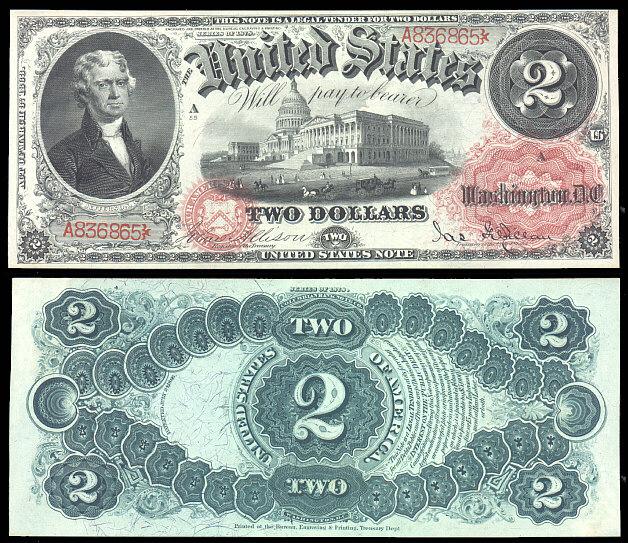
During the reign of Spain at the sea one of the most solid currencies in the world was the Spanish silver and gold doubloons Reais. They were also called in dollars (in Portugal - Dalar). The Bank of England kept a great number of them, seized as war booty or received in payment of debts, the English King George III ordered the use of Spanish Reais in circulation. Every real cost 1/8 pound and thus became known as "ounces» ... piece of eight (in Russian pronunciation - Peace oveyt) that eventually turned into a "peso» (peso). The peso hit the North American colonies, where, like other large silver coins were also dollar-denominated. (The word "Thaler" is also caught, in American literature were cases of its use in everyday life, even in 1899.)

In some countries ounces (peso dollar) cut into eight pieces. In the United States today quarter (dvadtsatipyatitsentovuyu coin) is sometimes referred to as "two slices» (two bits). (There is also a version of the origin of modern slang for a dollar - "tank", supposedly coming from the word «buckskin» - deerskin & quot ;. These skins served as a means of payment for the pioneers of Americans in their commercial transactions even in 1748.)
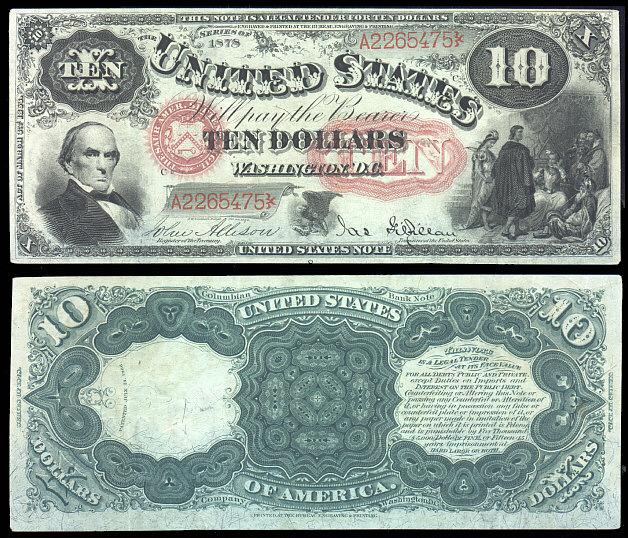
After the conquest of independence by the Americans to use British pounds shillings for the Yankees and was in bad taste. June 6, 1785 at the suggestion of Thomas Jefferson, Continental Congress of the United States has decided that the country's monetary unit is the dollar. Thus, the United States became the first country to accept the word "dollar" as an official name of the currency.
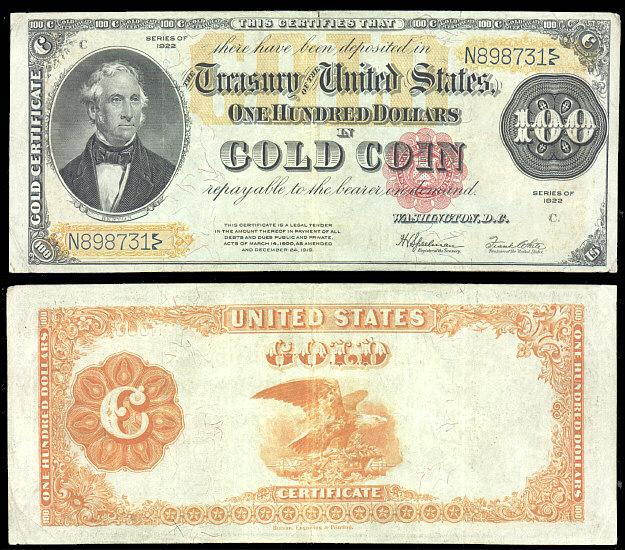
In 1792 he founded the Philadelphia Mint, which minted US dollars. The first one-dollar bills was published in the British colony of Maryland in North America in 1767. And since June 1975, by the decision of the Continental Congress dollar papers began to print for all former colonies.

"The Pillars of Hercules, where Odysseus sailed ...»
There is no consensus about how there was a dollar sign does not exist. Some researchers believe that when the Spaniards took out the gold from the American colonies in the cast bars, they put on them the sign S (initial letter of the country - Spain). After the arrival of bullion to Spain they applied a vertical line, and when you send in a colony - another. Others argue that the path to the icon of the dollar was as follows: the word "peso" was reduced to the letters P, its upper right of the added small letter s - point to the plural. Gradually, from P to leave one vertical steel rod and it wrote S.
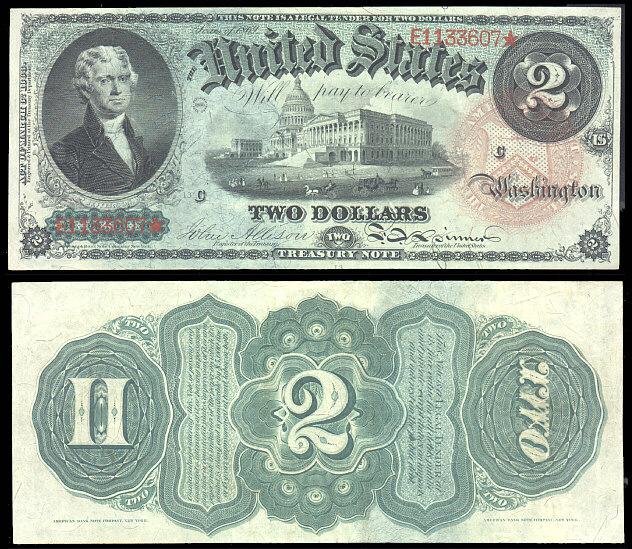
There is an opinion that the Americans simply borrowed the Spanish labeling. According to other versions, the dollar symbol is a snake, the raging sea, the Greek spelling of the word "Jesus", the letter P, combined with eight. There is a romantic version: a dollar sign - the first letter of the name of an Italian aristocrat Sigismund Malatesta of Rimini (S), which caused the first letter of the name of his beloved Isabella (I).
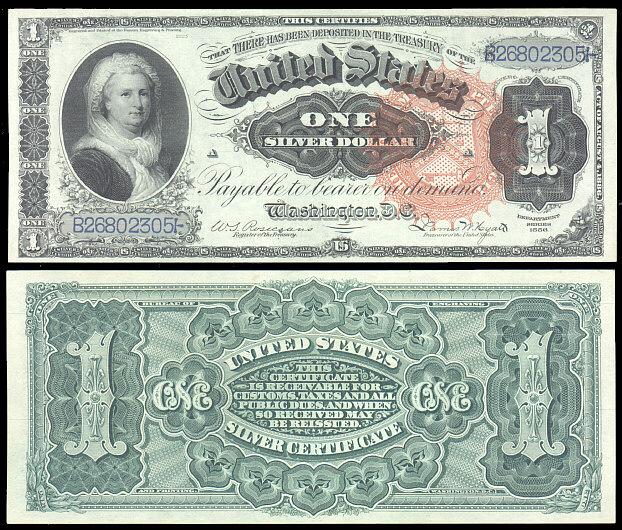
Many believe that the dollar sign - a modified coat of arms of the Spanish royal family (two Pillars of Hercules entwined with a ribbon with the Latin dictum). There is, for example, the ancient Spanish coin, called the "high dollar", which shows the two columns and two twin-globe (the Old and the New World).
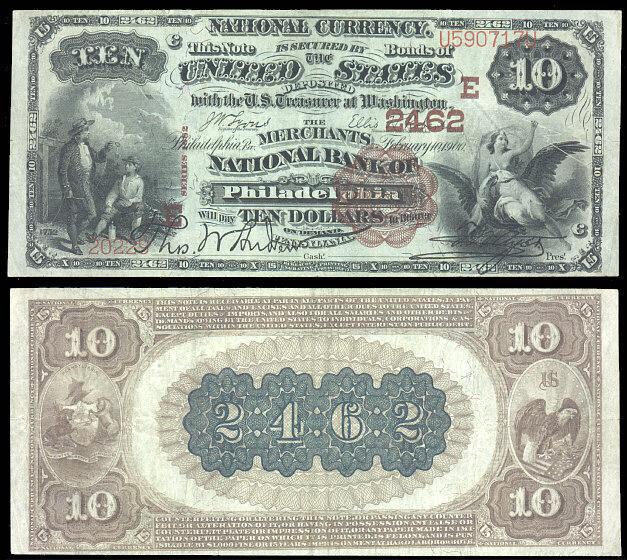
It is also alleged that the two vertical lines symbolize the Pillars of Hercules which Hercules put on opposite shores of the Strait of Gibraltar on the edge of the world to commemorate his journey for bulls Geryon Island Eriteya. Letter S in this case - it waves around poles. In general, the sign was a symbol of the sea power of Spain. The two famous towers of the World Trade Center in New York City for many meant two vertical lines in the sign of the dollar, the onset of a new American century, apparently, is why were the main target of the attack the Al Qaeda terrorists on 11 September.

In A. Gorodnitski a song with these words: "The Pillars of Hercules is my way, have the pillars of Hercules, where Odysseus sailed. I mourn not hurry, you wait a bit and do not wear black dresses and often no tears Lei ... »
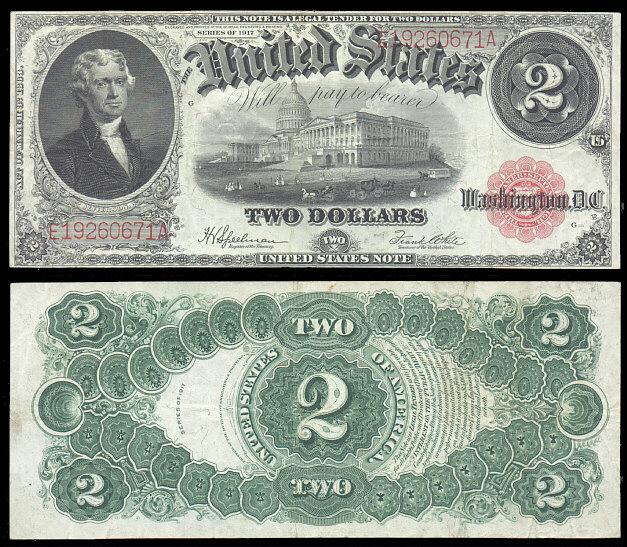
You should not, however, forget that the two vertical lines used in the sign of dollar on a par with one. I found a diary written in 1776, which was used 14 different dollar sign; 11 of them - on one line and only three - two. (In our computer age has become more convenient to use the mark to one stick).
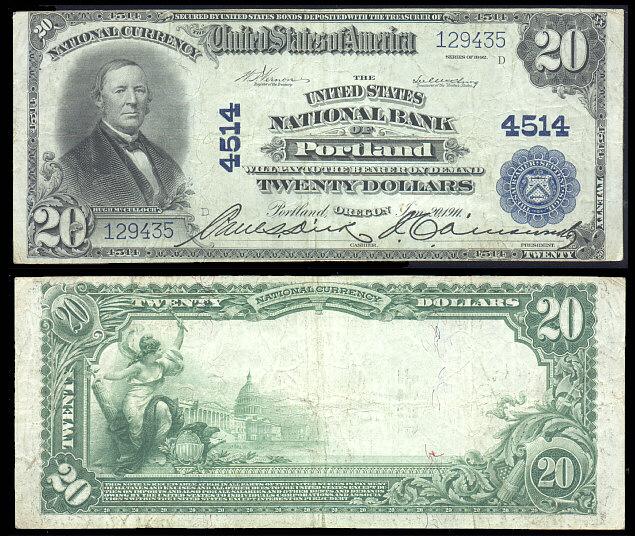
According to the most common version, the first modern dollar mark in 1773 used a wealthy merchant and planter emigrant Irish Oliver Pollock, who first settled in the British colony of Pennsylvania, and then moved to New Orleans in Louisiana, then Spanish territory (the Americans bought it in 1803 year). He was a military supplier American patriots during the war against the British oppressors, bought weapons from the Spaniards, led trade in pesos and enter the amount of revenue in the books with the icon that combine P and S. Thus Pollock continued steady Spanish colonial tradition. Over time, the sign began to look as S, crossed one or two vertical lines. His account Pollock represented the American congressman Robert Morris, which became the first high-ranking Yankees, started his official to use a dollar sign in the documents. In April 1797, this symbol was first printed in a book Charles Lee "American accountant", and this date is considered the day of his birth.
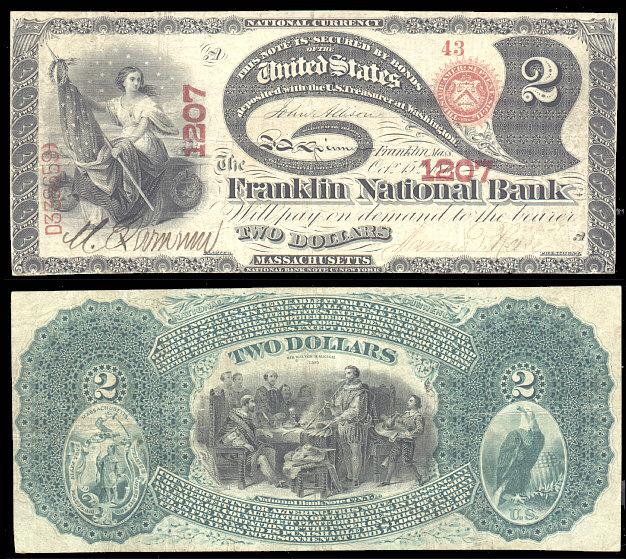
The current head of the US Federal Reserve A. Grinsnen believes that the establishment of this character had a great influence popular American novelist Ayn Rand, who once said that "the dollar sign is a symbol of the free mind." In one of the novels of Rand - "Atlas shrugged" - states that the sign is derived from the first letters of the name "United States» (US) ... the imposition of a U: S eventually led to the current symbol. A variation of this version is the assertion that the combined letter U and S dollar signs indicate the "Uncle Sam» (Uncle Sam). This opinion, however, supported by a few, though Rand novel American readers in the polls called after the second book of the Bible on the seriousness of the influence exerted on them.
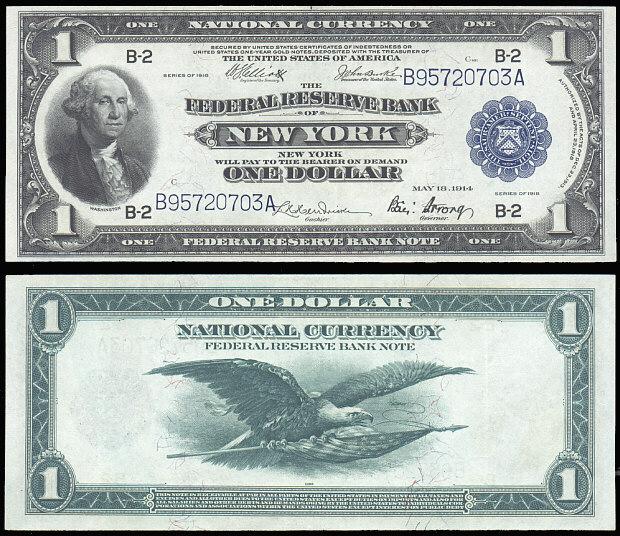
A common procedure for writing a dollar sign in front of a sum of money ($ 5 instead of $ 5) - it is a tradition taken over from the British, who put an icon of old pounds before the number. The symbol of the British pound is the Latin letter L, rugged single transverse dash. The letter itself is the Latin word «libra» - Roman unit of weight, proper pound (abbreviated - lb). (Remember, what efforts have been made legendary Frenchman Porthos to gain livres!) The Italian Lira is the same character, the pound, but only with two transverse dashes.

In Mexico in 1993, it was re-denominated banknotes. Prices in pesos have been designated the new sign NP $. In Ukraine, has recently come up with an official sign of the national currency - the hryvnia: a mirror image of the Latin letter S (dollar sign), crossed by two horizontal lines. The national currency of Slovenia as of October 1991 is tolar (at the end of last year for the US dollar was more than 200 SIT). In the world there are the Australian dollar, Singapore, Canadian, Hong Kong, New Zealand, Fijian, Zimbabwean, Cayman and many others. And the symbol and the name stuck.

...
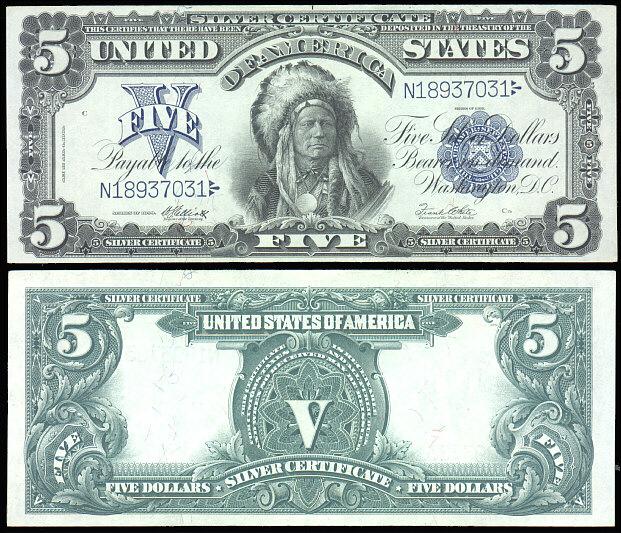
...
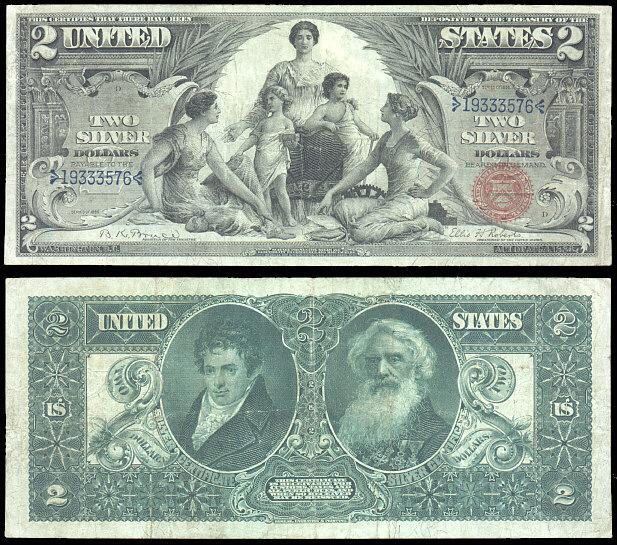
...
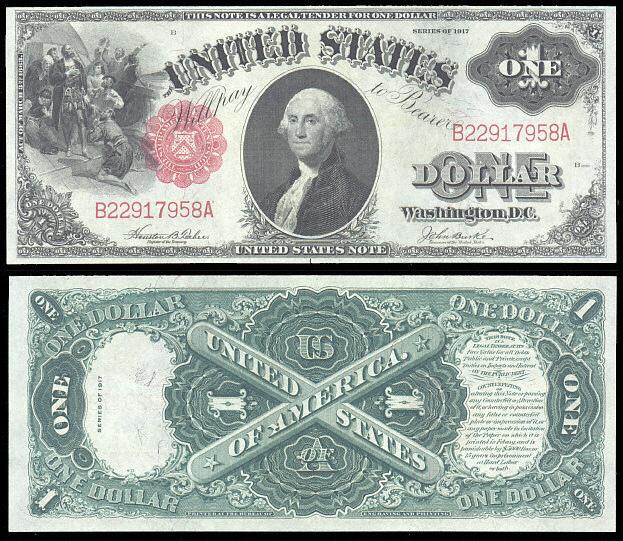
...
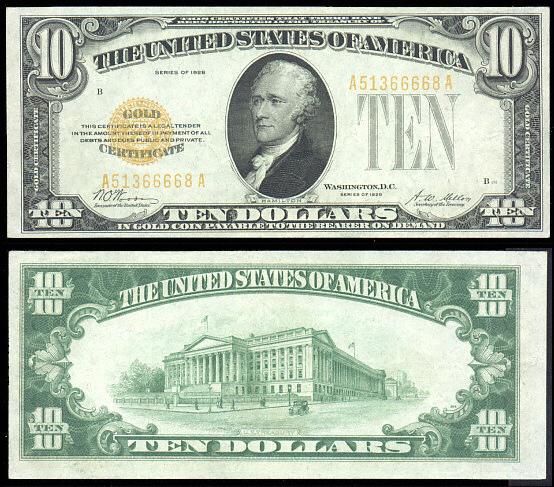
...
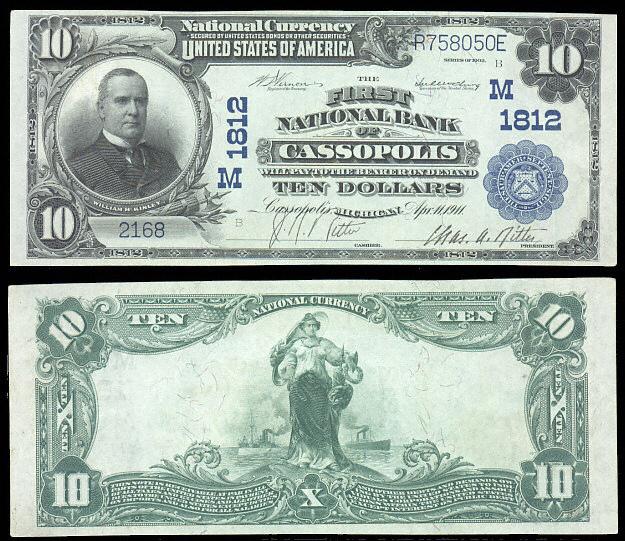
...
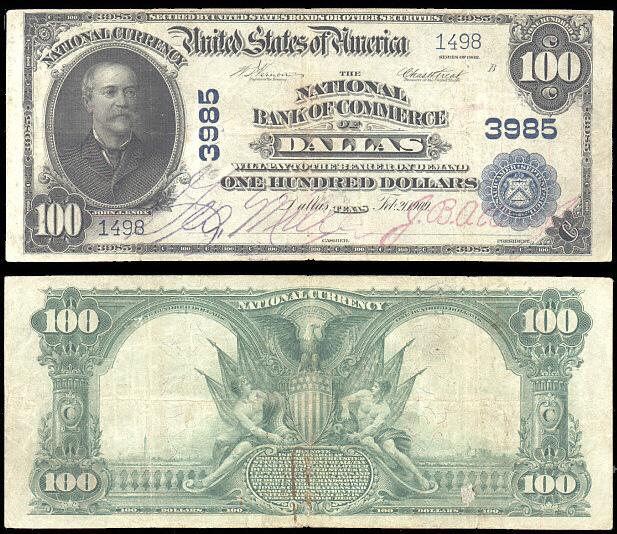
...
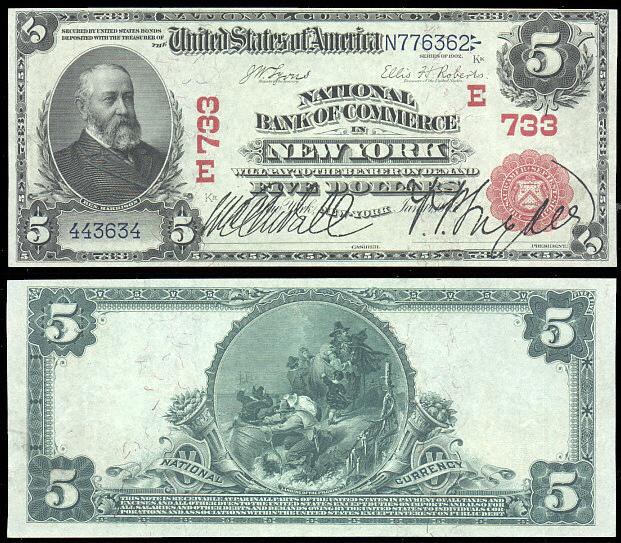
...
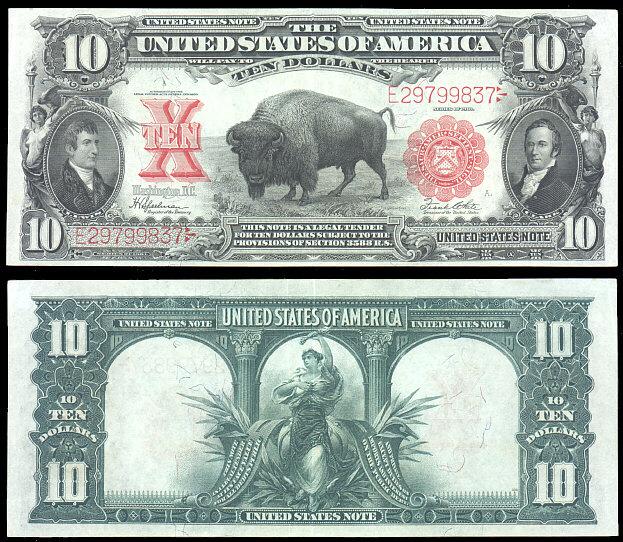
...
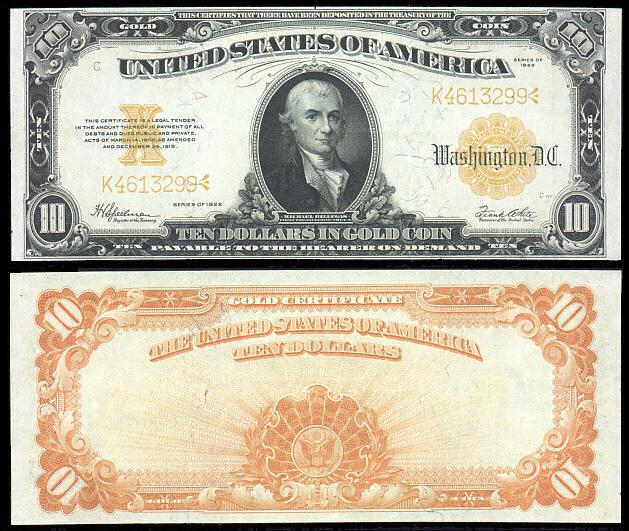
...

...
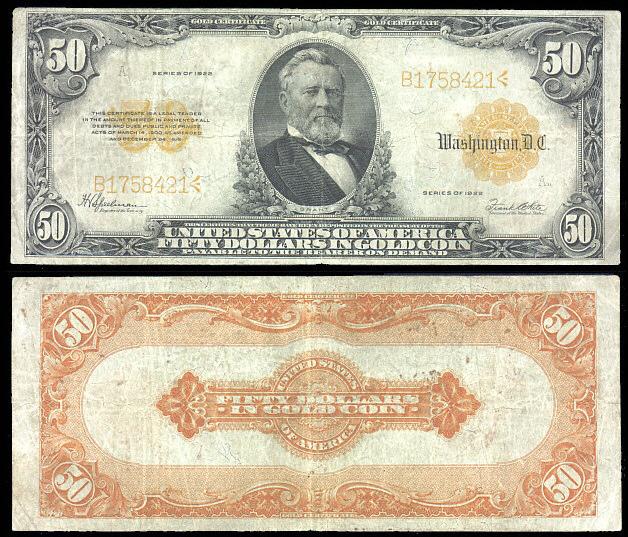
...
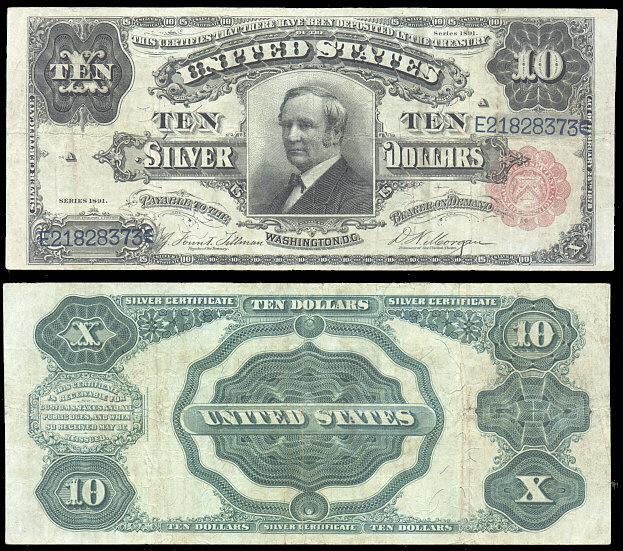
...
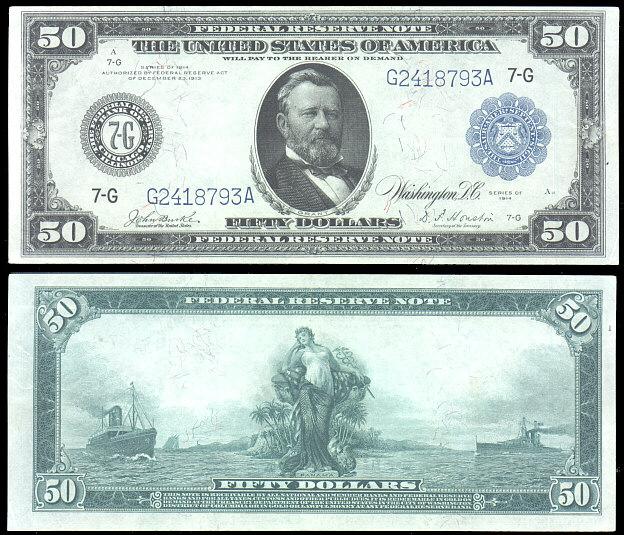
...
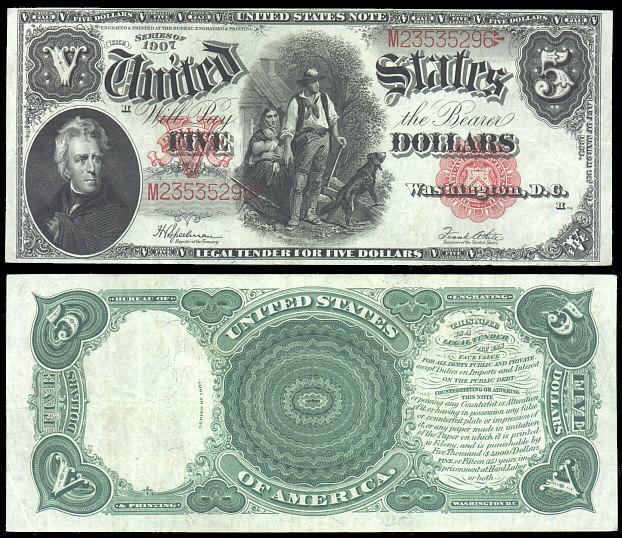
...
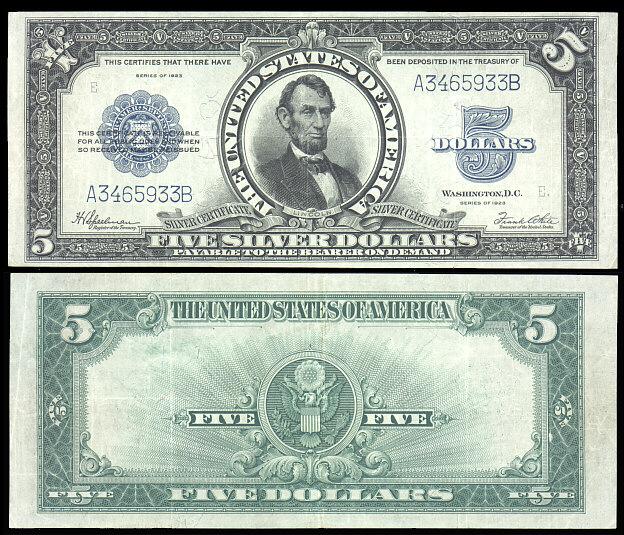
...
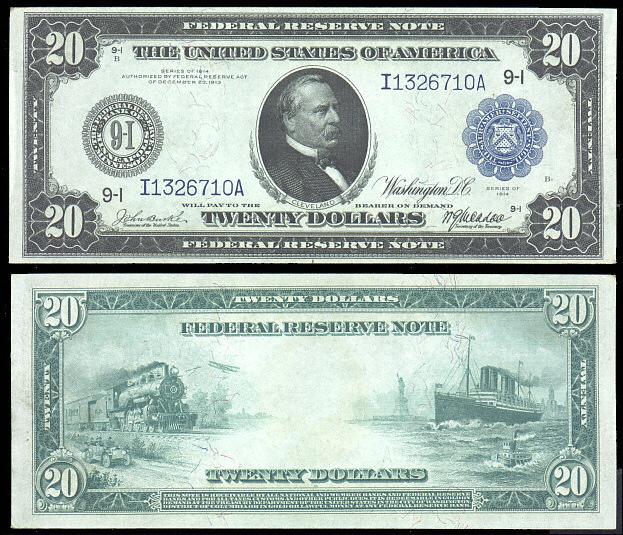
...
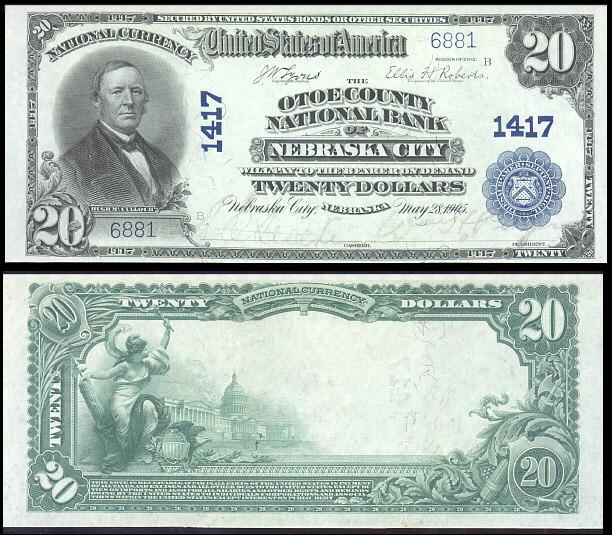
...
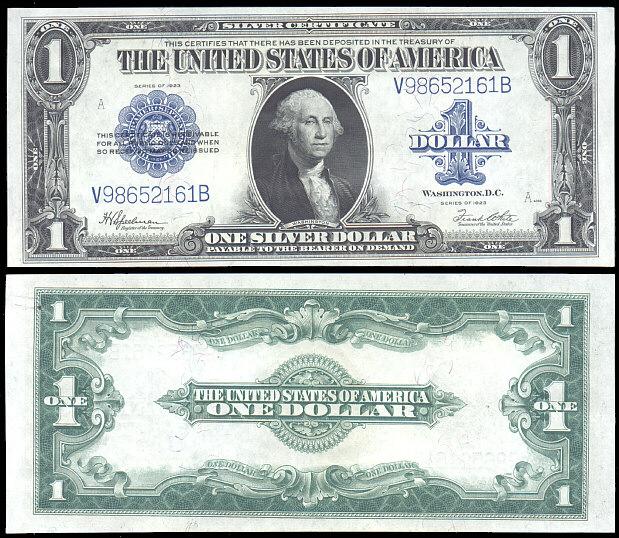
...

...

...

...
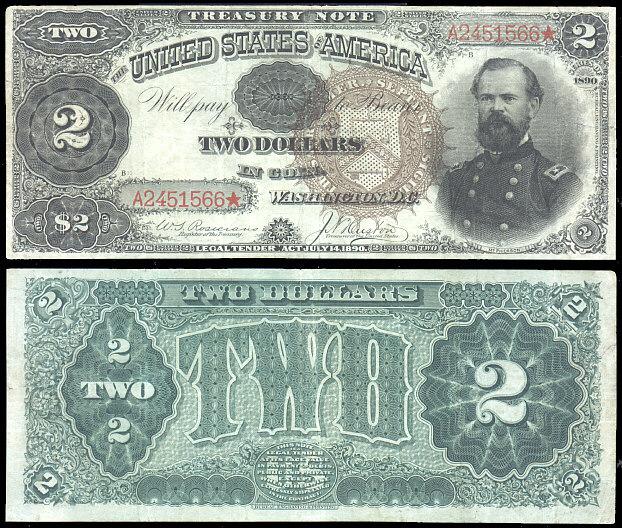
...
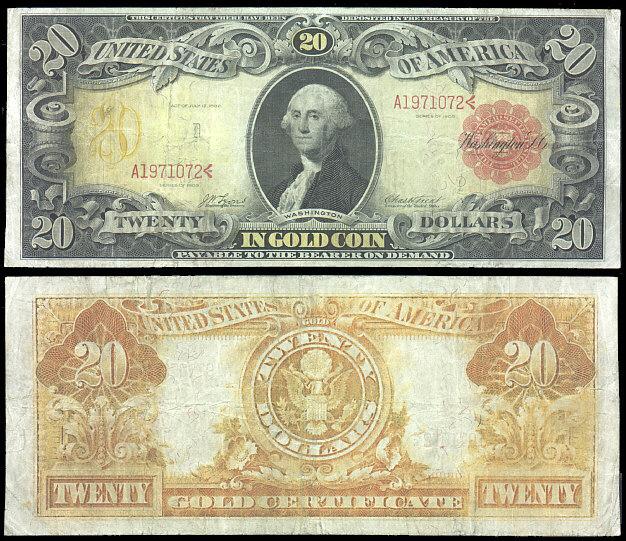
...
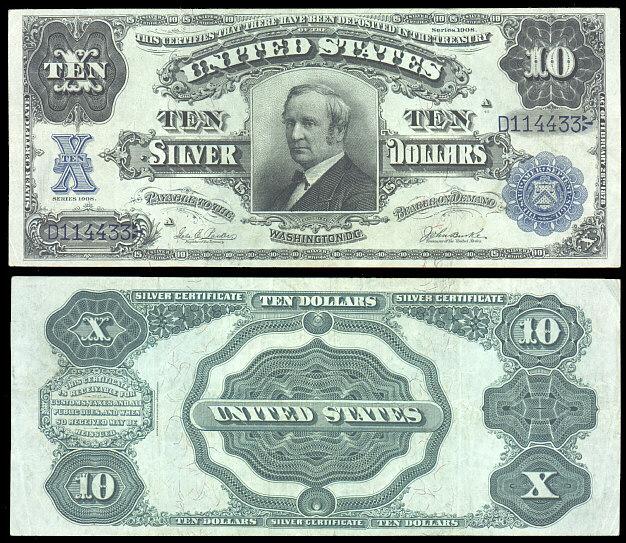
...
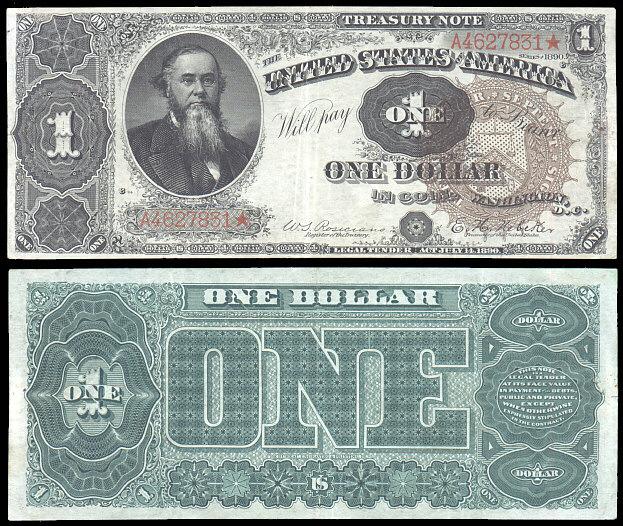
...
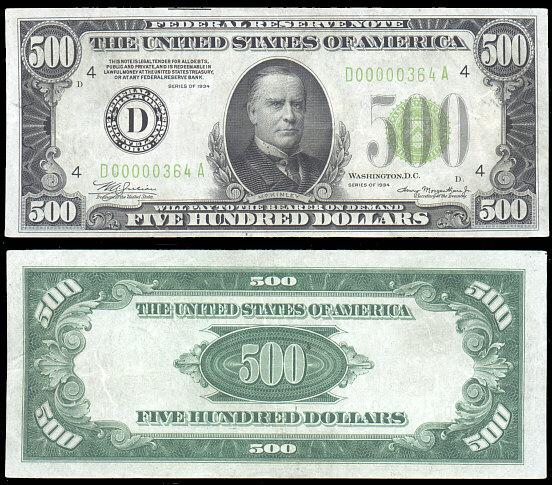
...
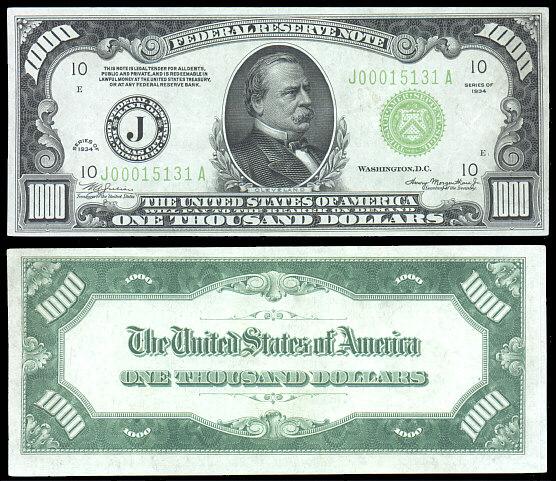
...
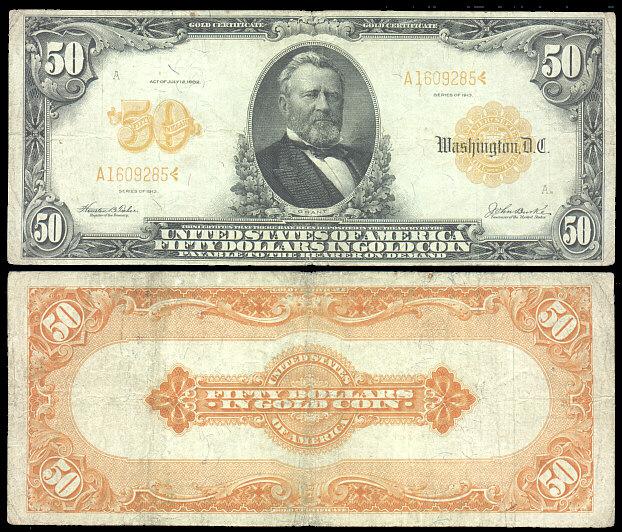
...
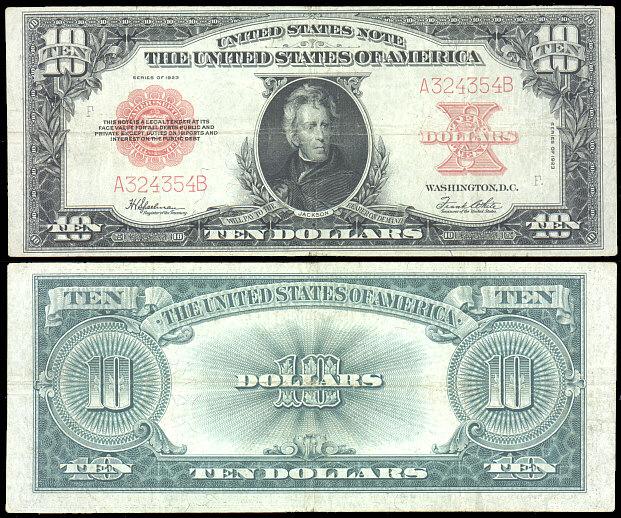
...
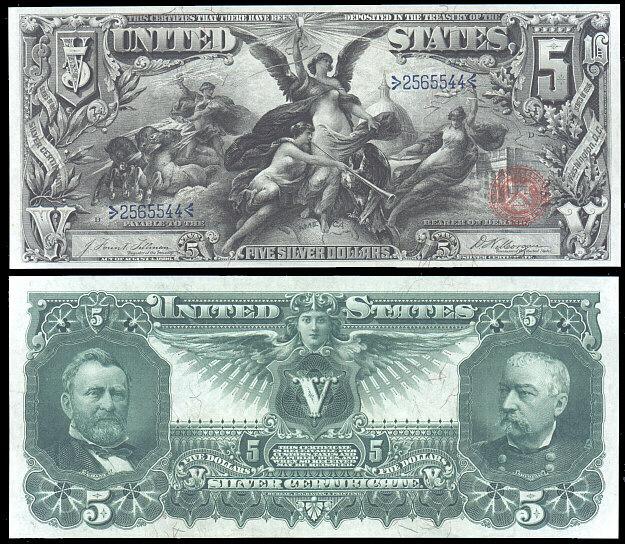
...

...
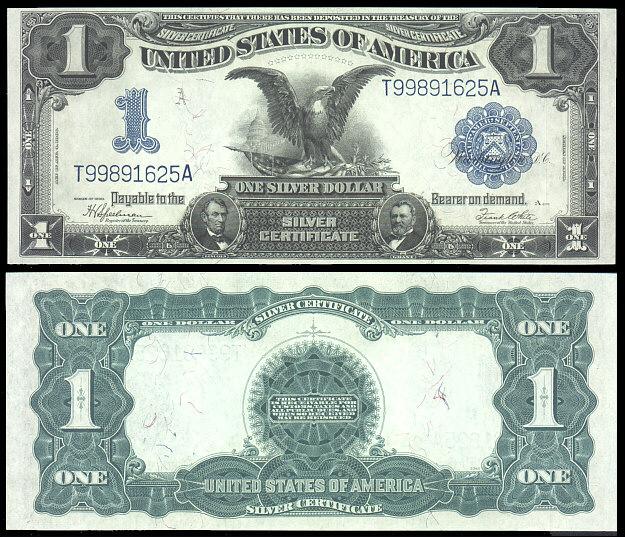
...
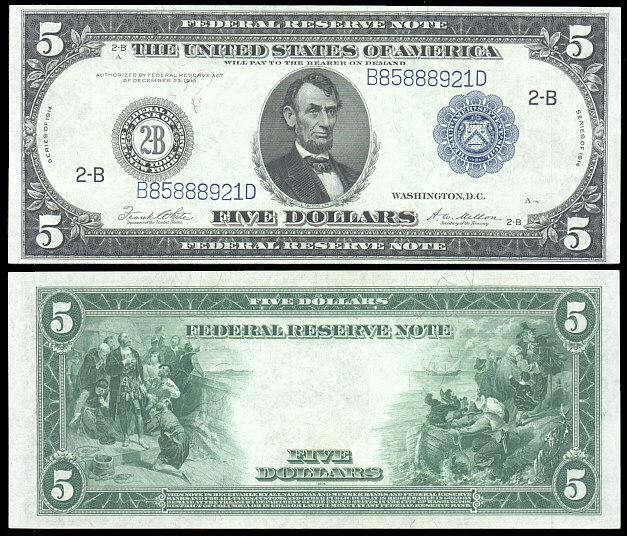
...
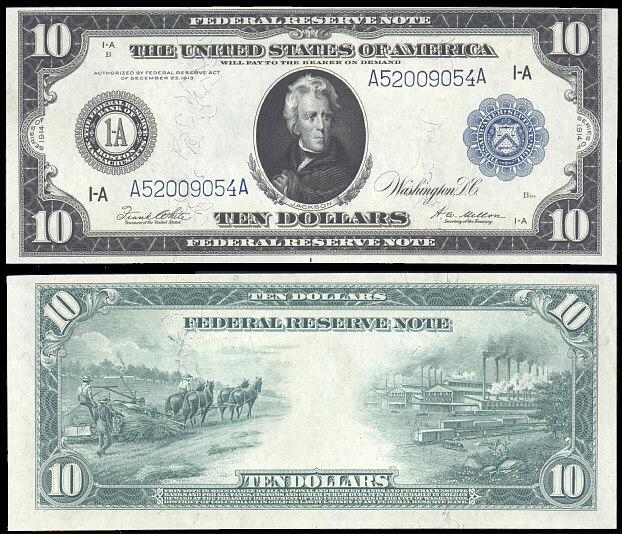
...
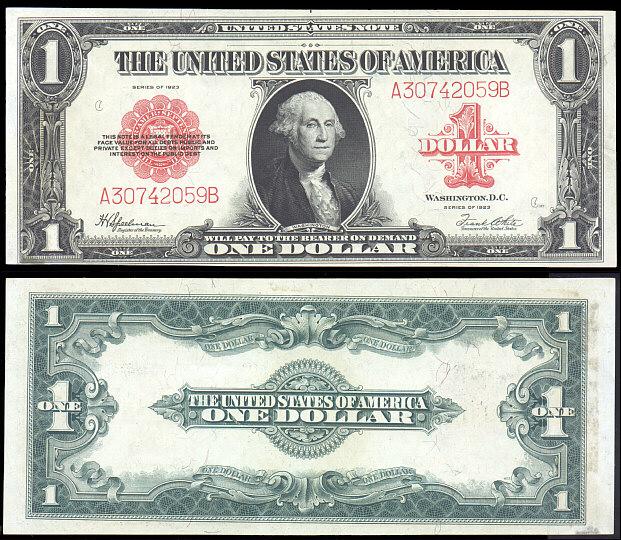
...
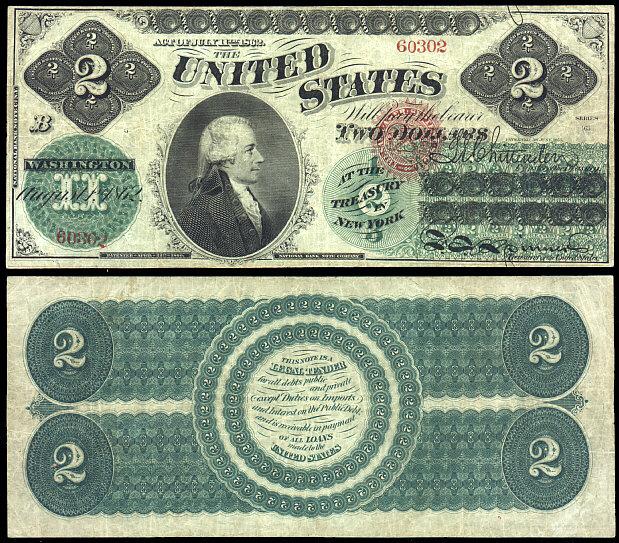
...
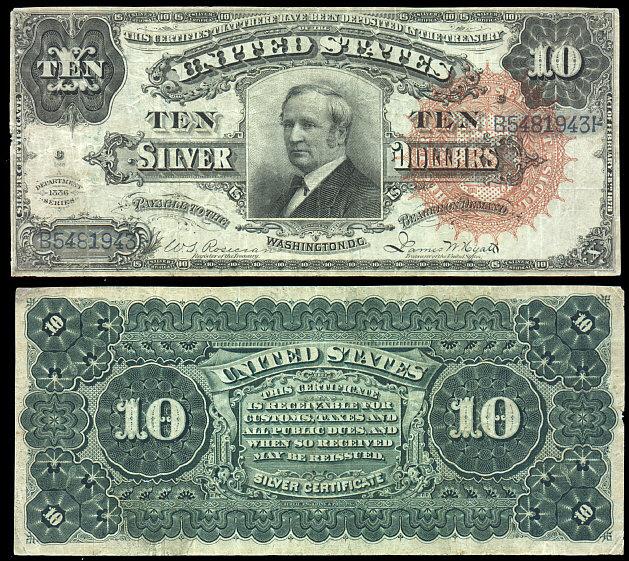
Paper cents

Paper cents
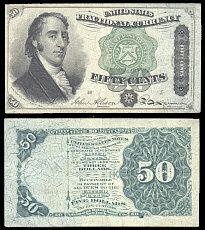
Paper cents

Paper cents
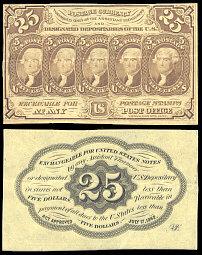
...
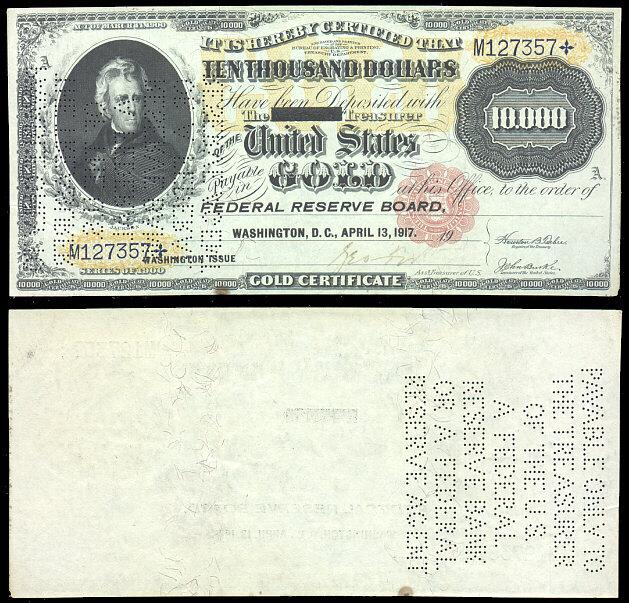
...

...
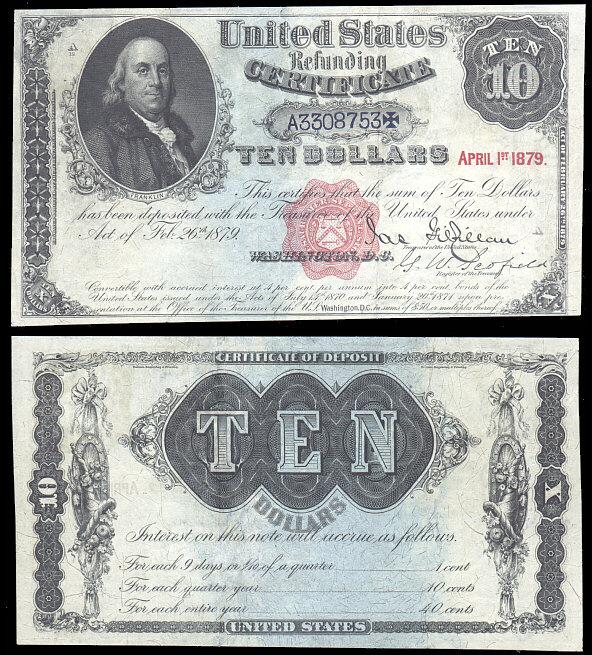
...

...
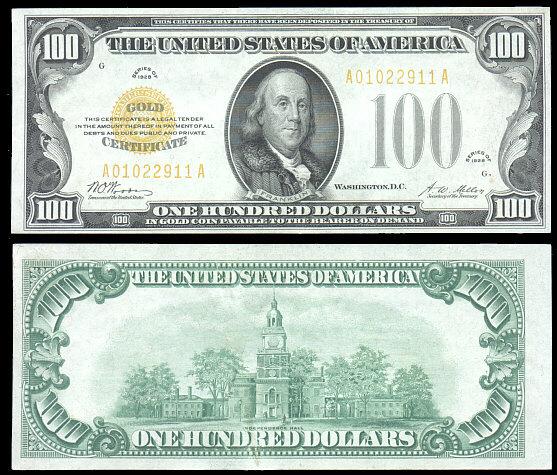
...
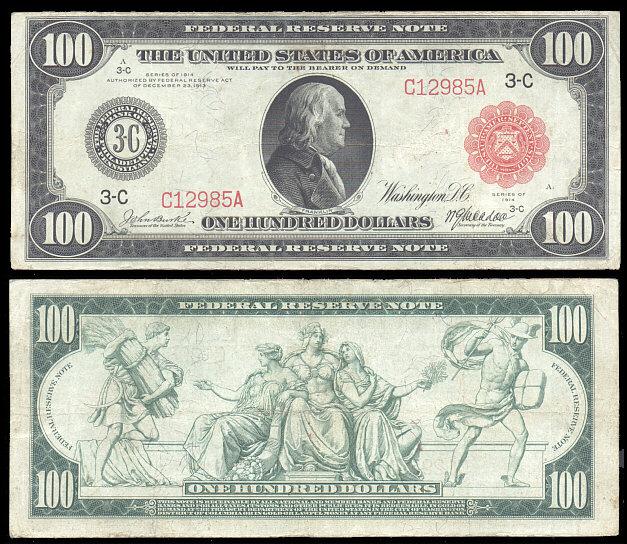
...
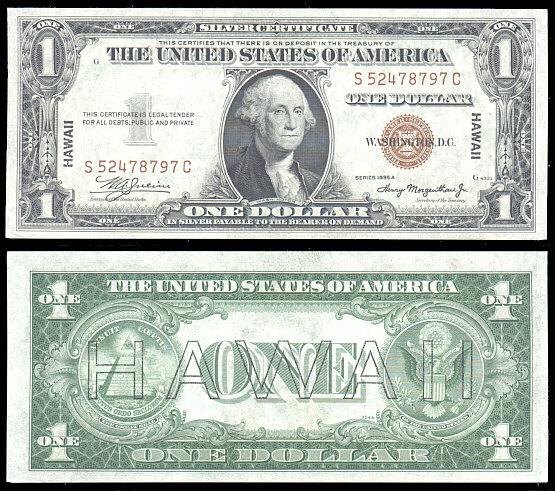
...
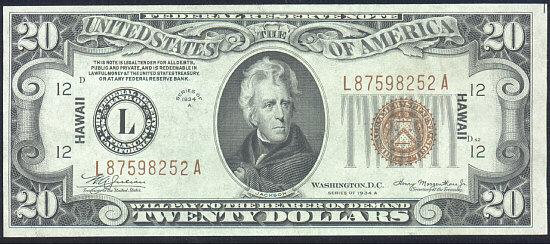
...
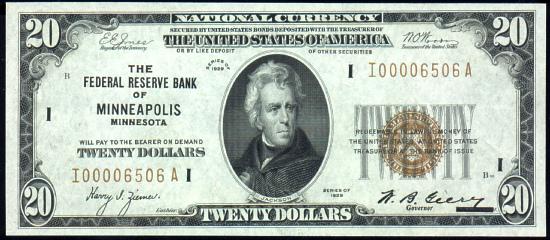
...
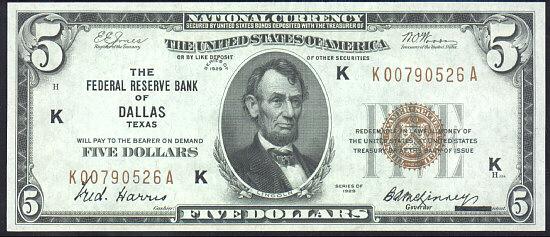
...
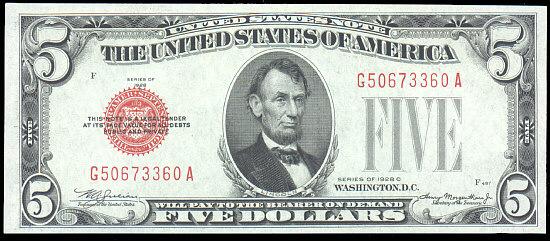
poslednyaya.vsem thank you for your patience!

Source:
The word "dollar" and its symbol is much older than the American nation and its currency - it is almost 500 years old. The printed dollar symbol appeared in the United States 207 years ago, although much had already been used in the books. It's time to ask about its origin.

Pieces of eight, thalers, dollars
But first about where did the word "dollar". At the beginning of the XVI century in the mountain valley of St. Joachim in the north-west Bohemia began to operate the mine for the extraction of silver. Next came the German town of St. Joachimsthal (tal or hoist - German "Valley"), later - Czech Jachymov. In 1519 it became the Roman Empire minted coin in one ounce of silver, with a picture of St. Joachim, dubbed "ioahimstaler." Over time, it became known as Thaler. (By the way, Mark Thaler was replaced only in 1873, after the unification of Germany.)
Thaler has received wide circulation in Europe. In Sweden, "Daler" minted from 1534 in Denmark - a 1544-th. In England it was called Dallaire, then Dallara and finally dollar.

During the reign of Spain at the sea one of the most solid currencies in the world was the Spanish silver and gold doubloons Reais. They were also called in dollars (in Portugal - Dalar). The Bank of England kept a great number of them, seized as war booty or received in payment of debts, the English King George III ordered the use of Spanish Reais in circulation. Every real cost 1/8 pound and thus became known as "ounces» ... piece of eight (in Russian pronunciation - Peace oveyt) that eventually turned into a "peso» (peso). The peso hit the North American colonies, where, like other large silver coins were also dollar-denominated. (The word "Thaler" is also caught, in American literature were cases of its use in everyday life, even in 1899.)

In some countries ounces (peso dollar) cut into eight pieces. In the United States today quarter (dvadtsatipyatitsentovuyu coin) is sometimes referred to as "two slices» (two bits). (There is also a version of the origin of modern slang for a dollar - "tank", supposedly coming from the word «buckskin» - deerskin & quot ;. These skins served as a means of payment for the pioneers of Americans in their commercial transactions even in 1748.)

After the conquest of independence by the Americans to use British pounds shillings for the Yankees and was in bad taste. June 6, 1785 at the suggestion of Thomas Jefferson, Continental Congress of the United States has decided that the country's monetary unit is the dollar. Thus, the United States became the first country to accept the word "dollar" as an official name of the currency.

In 1792 he founded the Philadelphia Mint, which minted US dollars. The first one-dollar bills was published in the British colony of Maryland in North America in 1767. And since June 1975, by the decision of the Continental Congress dollar papers began to print for all former colonies.

"The Pillars of Hercules, where Odysseus sailed ...»
There is no consensus about how there was a dollar sign does not exist. Some researchers believe that when the Spaniards took out the gold from the American colonies in the cast bars, they put on them the sign S (initial letter of the country - Spain). After the arrival of bullion to Spain they applied a vertical line, and when you send in a colony - another. Others argue that the path to the icon of the dollar was as follows: the word "peso" was reduced to the letters P, its upper right of the added small letter s - point to the plural. Gradually, from P to leave one vertical steel rod and it wrote S.

There is an opinion that the Americans simply borrowed the Spanish labeling. According to other versions, the dollar symbol is a snake, the raging sea, the Greek spelling of the word "Jesus", the letter P, combined with eight. There is a romantic version: a dollar sign - the first letter of the name of an Italian aristocrat Sigismund Malatesta of Rimini (S), which caused the first letter of the name of his beloved Isabella (I).

Many believe that the dollar sign - a modified coat of arms of the Spanish royal family (two Pillars of Hercules entwined with a ribbon with the Latin dictum). There is, for example, the ancient Spanish coin, called the "high dollar", which shows the two columns and two twin-globe (the Old and the New World).

It is also alleged that the two vertical lines symbolize the Pillars of Hercules which Hercules put on opposite shores of the Strait of Gibraltar on the edge of the world to commemorate his journey for bulls Geryon Island Eriteya. Letter S in this case - it waves around poles. In general, the sign was a symbol of the sea power of Spain. The two famous towers of the World Trade Center in New York City for many meant two vertical lines in the sign of the dollar, the onset of a new American century, apparently, is why were the main target of the attack the Al Qaeda terrorists on 11 September.

In A. Gorodnitski a song with these words: "The Pillars of Hercules is my way, have the pillars of Hercules, where Odysseus sailed. I mourn not hurry, you wait a bit and do not wear black dresses and often no tears Lei ... »

You should not, however, forget that the two vertical lines used in the sign of dollar on a par with one. I found a diary written in 1776, which was used 14 different dollar sign; 11 of them - on one line and only three - two. (In our computer age has become more convenient to use the mark to one stick).

According to the most common version, the first modern dollar mark in 1773 used a wealthy merchant and planter emigrant Irish Oliver Pollock, who first settled in the British colony of Pennsylvania, and then moved to New Orleans in Louisiana, then Spanish territory (the Americans bought it in 1803 year). He was a military supplier American patriots during the war against the British oppressors, bought weapons from the Spaniards, led trade in pesos and enter the amount of revenue in the books with the icon that combine P and S. Thus Pollock continued steady Spanish colonial tradition. Over time, the sign began to look as S, crossed one or two vertical lines. His account Pollock represented the American congressman Robert Morris, which became the first high-ranking Yankees, started his official to use a dollar sign in the documents. In April 1797, this symbol was first printed in a book Charles Lee "American accountant", and this date is considered the day of his birth.

The current head of the US Federal Reserve A. Grinsnen believes that the establishment of this character had a great influence popular American novelist Ayn Rand, who once said that "the dollar sign is a symbol of the free mind." In one of the novels of Rand - "Atlas shrugged" - states that the sign is derived from the first letters of the name "United States» (US) ... the imposition of a U: S eventually led to the current symbol. A variation of this version is the assertion that the combined letter U and S dollar signs indicate the "Uncle Sam» (Uncle Sam). This opinion, however, supported by a few, though Rand novel American readers in the polls called after the second book of the Bible on the seriousness of the influence exerted on them.

A common procedure for writing a dollar sign in front of a sum of money ($ 5 instead of $ 5) - it is a tradition taken over from the British, who put an icon of old pounds before the number. The symbol of the British pound is the Latin letter L, rugged single transverse dash. The letter itself is the Latin word «libra» - Roman unit of weight, proper pound (abbreviated - lb). (Remember, what efforts have been made legendary Frenchman Porthos to gain livres!) The Italian Lira is the same character, the pound, but only with two transverse dashes.

In Mexico in 1993, it was re-denominated banknotes. Prices in pesos have been designated the new sign NP $. In Ukraine, has recently come up with an official sign of the national currency - the hryvnia: a mirror image of the Latin letter S (dollar sign), crossed by two horizontal lines. The national currency of Slovenia as of October 1991 is tolar (at the end of last year for the US dollar was more than 200 SIT). In the world there are the Australian dollar, Singapore, Canadian, Hong Kong, New Zealand, Fijian, Zimbabwean, Cayman and many others. And the symbol and the name stuck.

...

...

...

...

...

...

...

...

...

...

...

...

...

...

...

...

...

...

...

...

...

...

...

...

...

...

...

...

...

...

...

...

...

...

...

...

...

Paper cents

Paper cents

Paper cents

Paper cents

...

...

...

...

...

...

...

...

...

...

...

poslednyaya.vsem thank you for your patience!

Source:
















